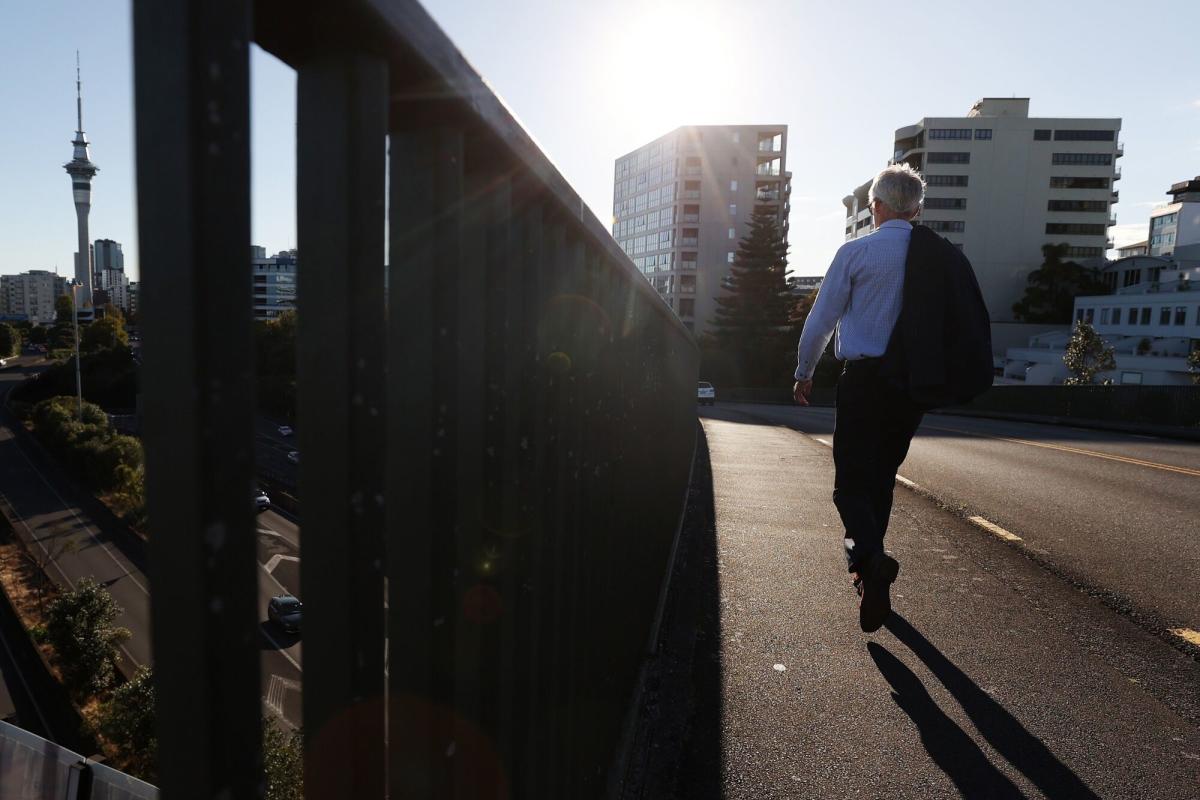Jobs
New Zealand Unemployment Rises Less Than Expected, Kiwi Gains

(Bloomberg) — New Zealand’s jobless rate rose less than forecast in the second quarter as the economy unexpectedly added workers despite a weaker outlook.
Most Read from Bloomberg
Unemployment climbed to 4.6% from a revised 4.4% in the first quarter, Statistics New Zealand said Wednesday in Wellington. Economists expected 4.7%. Employment rose 0.4% from the previous three months, beating an estimated 0.2% decline, while annual wage inflation slowed for a fifth straight quarter.
The New Zealand dollar jumped after the report as traders trimmed bets on the central bank cutting interest rates as soon as next week. The jobless rate is still the highest in more than three years and suggests inflation will return to the Reserve Bank’s 1-3% target band in coming quarters, allowing policymakers to start cutting rates sooner than they had previously signaled.
“Today’s jobs report was weak, although it was slightly better than we and the market consensus had predicted,” said Mary Jo Vergara, senior economist at Kiwibank in Auckland. “The labor market has been remarkably resilient over the past two years of restrictive interest rates. But it’s important for the RBNZ to stay ahead of any further labor market slowing by proceeding with rate cuts sooner rather than later.”
The kiwi dollar bought 59.72 US cents at 11:30 a.m. in Wellington, up from 59.54 cents beforehand. Bond yields and swap rates rose as investors scaled back bets on an imminent pivot to easing from the RBNZ. They now see a 60% chance of a rate cut on Aug. 14, down from close to 100% yesterday.
Weak Economy
The RBNZ has held the Official Cash Rate at 5.5% since May last year. After signaling a tightening bias just three months ago, in July it acknowledged signs of declining economic activity.
Since then, indicators showed the manufacturing and services sectors slumped deeper into contractionary territory in June, while inflation slowed more than economists and the RBNZ expected to 3.3% in the second quarter.
Westpac economists this week predicted the economy shrank in the second quarter and will shrink again in the third. That would be the third instance of two consecutive quarterly contractions since the end of 2022 — a triple-dip recession.
Ordinary time wages for non-government workers rose 3.6% from a year earlier, slowing from 3.8% pace in the previous quarter, the statistics agency said.
Average ordinary time hourly earnings for non-government workers gained 1.1% from the previous quarter and 4% from a year earlier. That’s down from a record 8.6% annual reading in the third quarter of 2022.
Annual employment growth was 0.6% — better than the nil growth expected by economists but still slower than the revised 1.3% in the first quarter. The participation rate rose to 71.7% from 71.6%.
“The labor market looks set to significantly weaken from here and this could cause longer-term economic damage if the RBNZ maintains as much pressure on the monetary policy brakes as it does currently,” said Mark Smith, senior economist at ASB Bank in Auckland. “In our view, the regret from holding the OCR at 5.5% for too long and causing longer-term economic damage now outweighs the risk of inflation failing to settle below 3%.”
(Updates with economist comments)
Most Read from Bloomberg Businessweek
©2024 Bloomberg L.P.









